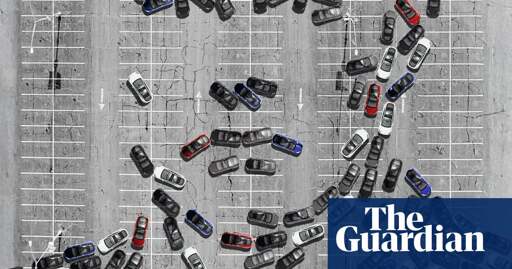The car came to rest more than 70 metres away, on the opposite side of the road, leaving a trail of wreckage. According to witnesses, the Model S burst into flames while still airborne. Several passersby tried to open the doors and rescue the driver, but they couldn’t unlock the car. When they heard explosions and saw flames through the windows, they retreated. Even the firefighters, who arrived 20 minutes later, could do nothing but watch the Tesla burn.
At that moment, Rita Meier was unaware of the crash. She tried calling her husband, but he didn’t pick up. When he still hadn’t returned her call hours later – highly unusual for this devoted father – she attempted to track his car using Tesla’s app. It no longer worked. By the time police officers rang her doorbell late that night, Meier was already bracing for the worst.



"Both lead to immediate adjustments in driving, more quickly than any human can react. "
Again, sort of. ABS isn’t quicker than humans react, it’s a stopgap measure for divers without sufficient skill. It only turns on after you have fucked up and locked your breaks.
“I don’t know what it is, but they generally execute smooth comfortable turns.”
Likely a combination of software that defines comfortable zones, including adhering to speed limits and paired with an accelerometer.
I think we are still a very long way off from autodrive. Being able to handle changing conditions like freezing rain and black ice or a flooded road will take time.
Or just a snow covered road